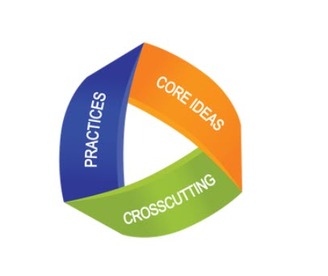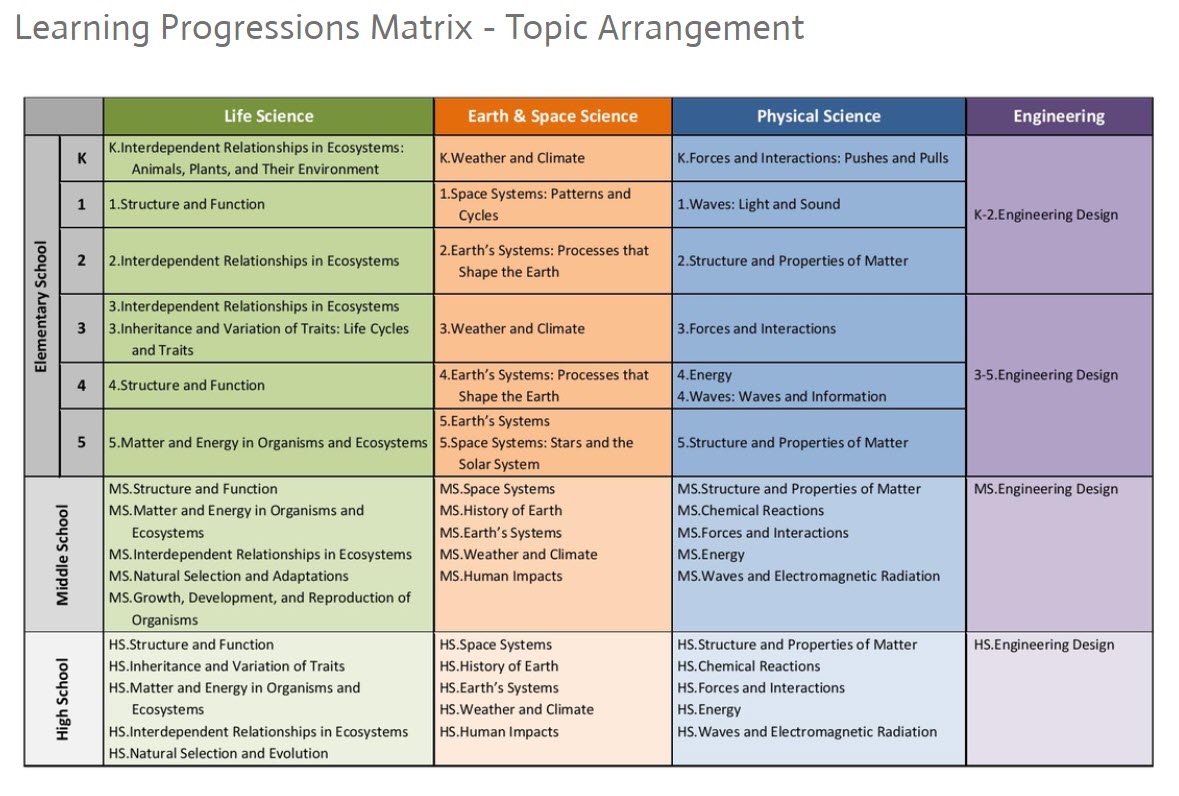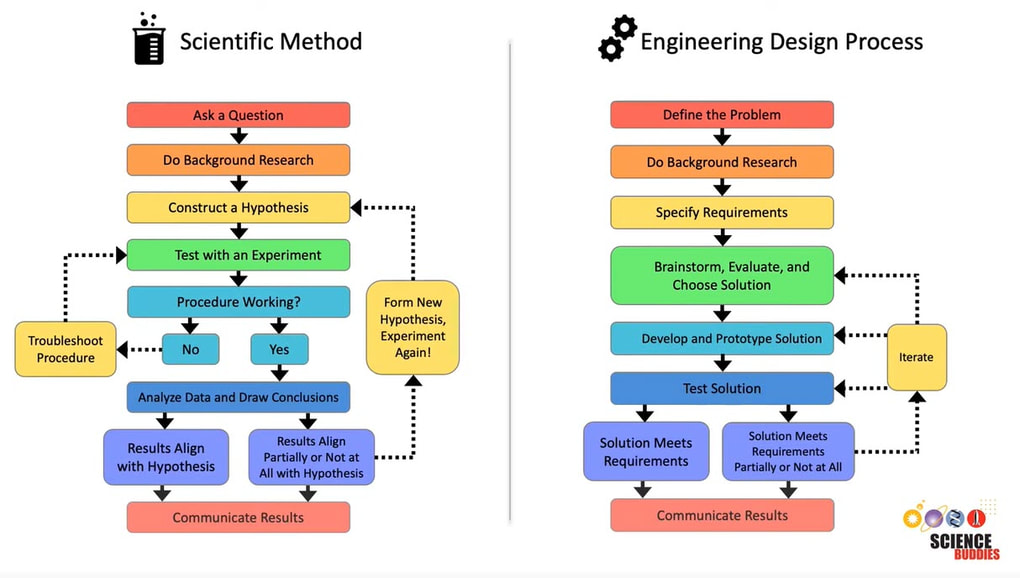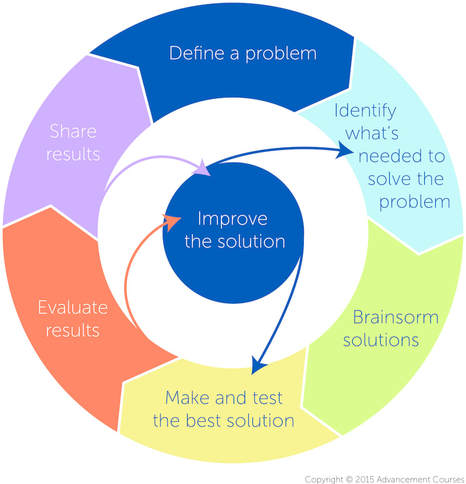STEM and NGSS
STEM Fun: Balancing Pencil Challenge
Science ->
|
Engineering ->
|
Differences Between Science
and Engineering Practices
and Engineering Practices
STEM or Not STEM?
|
Sample Lesson 1:
Growing Crops for a Lunar Biosphere NASA engineers announce that in the future they will establish a lunar biosphere to support teams of scientists and engineers as they study the moon. Student teams decide to determine what crops might grow fastest and provide the largest mass yield for a lunar biosphere. Student teams set up and monitor classroom biospheres over a four week period. Crops tested include sweet potatoes, lima beans, collards, squash, radishes, and oats. Each student team selects a different crop. All teams then follow the same set of procedures and start their crops from seeds, planting them in plastic containers that will be tightly closed. The amount of light is held constant for all containers so that the only variable is the plant size and mass. As team members monitor the growth of their crops, they track crop height and growth rates. Teams take photos of the crops at different stages in the growth cycle. At the end of four weeks students harvest the crops, measure the mass of the crops (after drying them), and determine which crops produced the highest mass yields. They compare and analyze data across teams, and select crops they believe to be good candidates for producing food and biomass in a lunar biosphere. Each team writes a technical report to an imaginary NASA Lunar Engineering Team, recommending the specific crops they selected. |
Sample Lesson 2:
Designing an Air Cushion to protect fallers from injury Prompted by an incident in which a worker fell from a construction site, student teams decide to design a cost-effective air cushion that will protect someone who falls from a high structure from injury. The teams begin by studying acid-base reactions. Each team has access to a variety of materials and figures out a way to produce a predictable, controlled acid-base reaction inside a plastic bag. Team members then investigate the amounts of sodium bicarbonate and acetic acid that they think will produce enough gas (carbon dioxide) to inflate a gallon-size plastic bag to a size that would protect a person falling – not allow that person to touch the ground or bounce off the cushion. Each team constructs its air cushion. Teams evaluate the success of their air cushions based on the condition of a model faller (a portion cup with 10 pennies) dropped onto the cushion from a height of 1½ meters. Teams compare their air cushion designs with those of other teams, collect data on the results of all drops, and construct scatterplots. They then use the information to redesign their airbags to increase their effectiveness. Each team videos a successful test and includes the video with a technical report to a company that will market this product. |
How Do We Embed These Skills with NGSS?
NGSS and Stem Resources
|
NGSS Engineering Standards
|
STEM Resources
|




